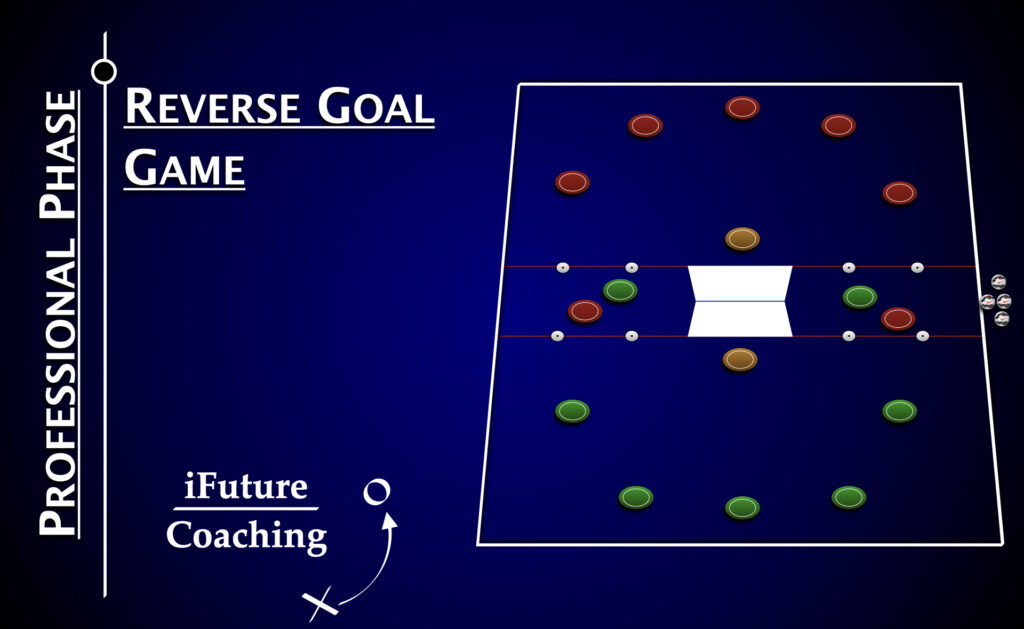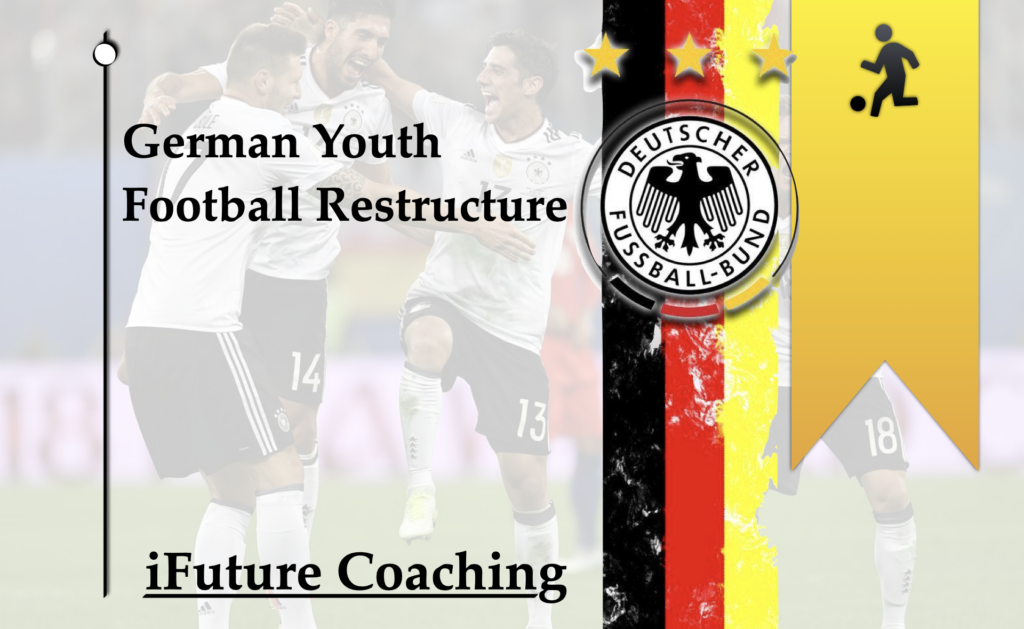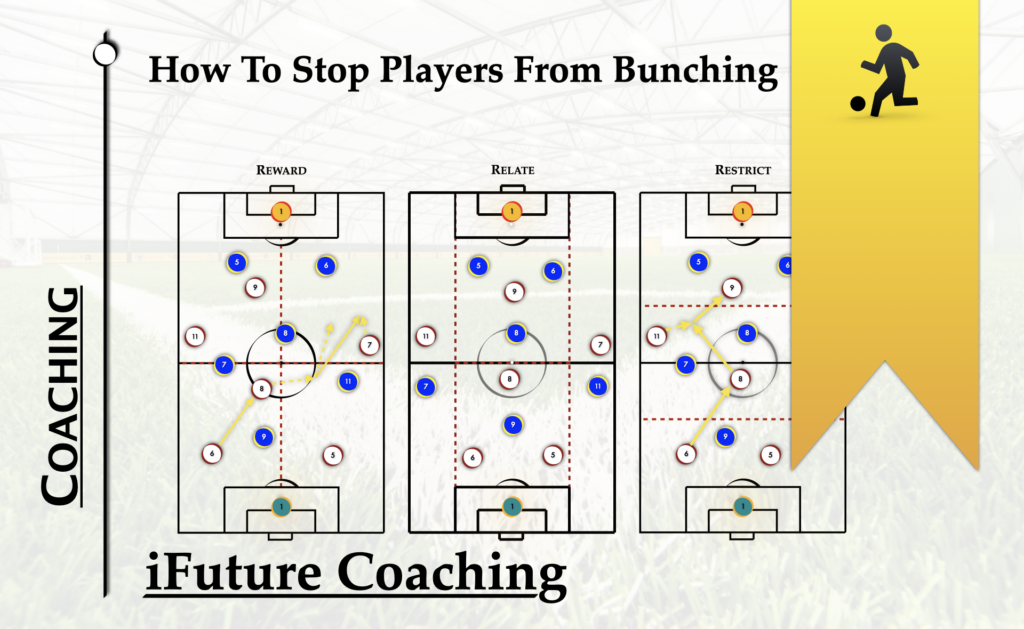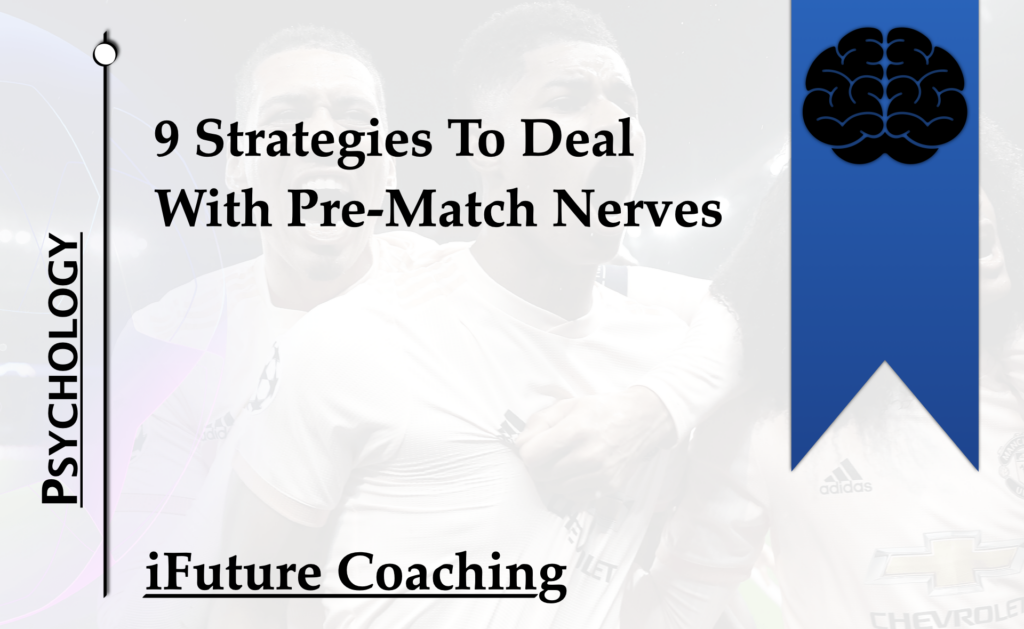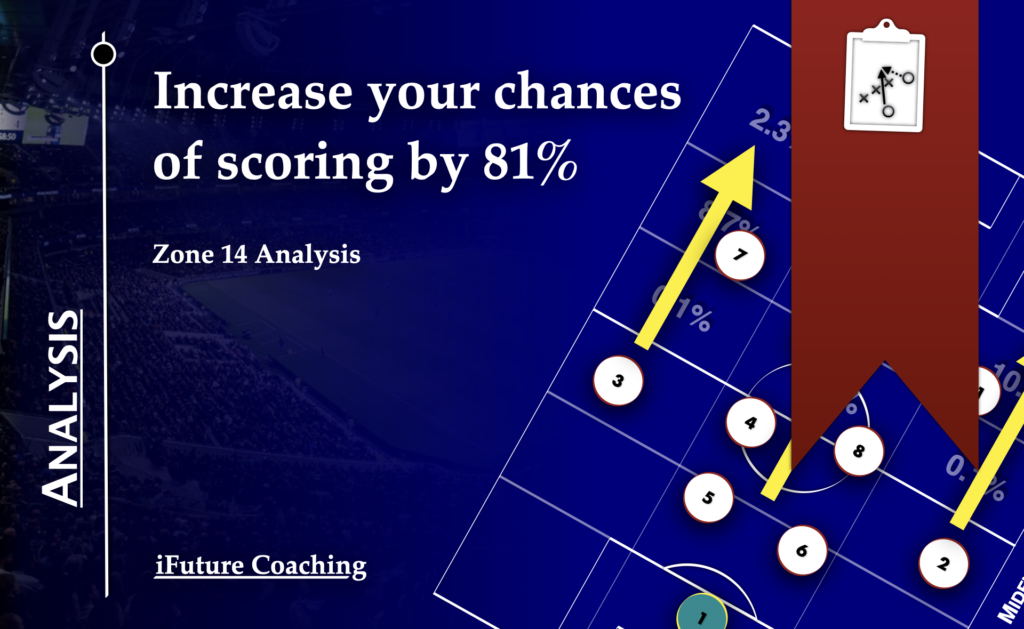What is Counter Pressing?
A counter press refers to the defensive strategy in soccer where the team without possession of the ball immediately applies pressure on the opposing team’s players once they lose possession of the ball. The objective is to win back possession of the ball quickly and launch a counterattack while the opposing team is disorganised and off-balance. This strategy requires a high level of energy, coordination, and communication from the pressing team.
Difference between counter-pressing and pressing?
Pressing and counter-pressing are two different tactics used in football (soccer).
Pressing is a tactic that involves the attacking team putting pressure on the opposition team in order to win back possession quickly. The aim is to disrupt the opposition’s rhythm and force them into making mistakes in possession.
Counter-pressing, on the other hand, is a tactic used by the attacking team immediately after losing possession. Instead of sitting back and defending, the attacking team immediately puts pressure on the opposition in an attempt to win the ball back quickly and create a scoring opportunity.
So, the main difference between pressing and counter-pressing is the timing of the pressure. Pressing involves putting pressure on the opposition when they have the ball, while counter-pressing involves putting pressure on the opposition immediately after losing possession.
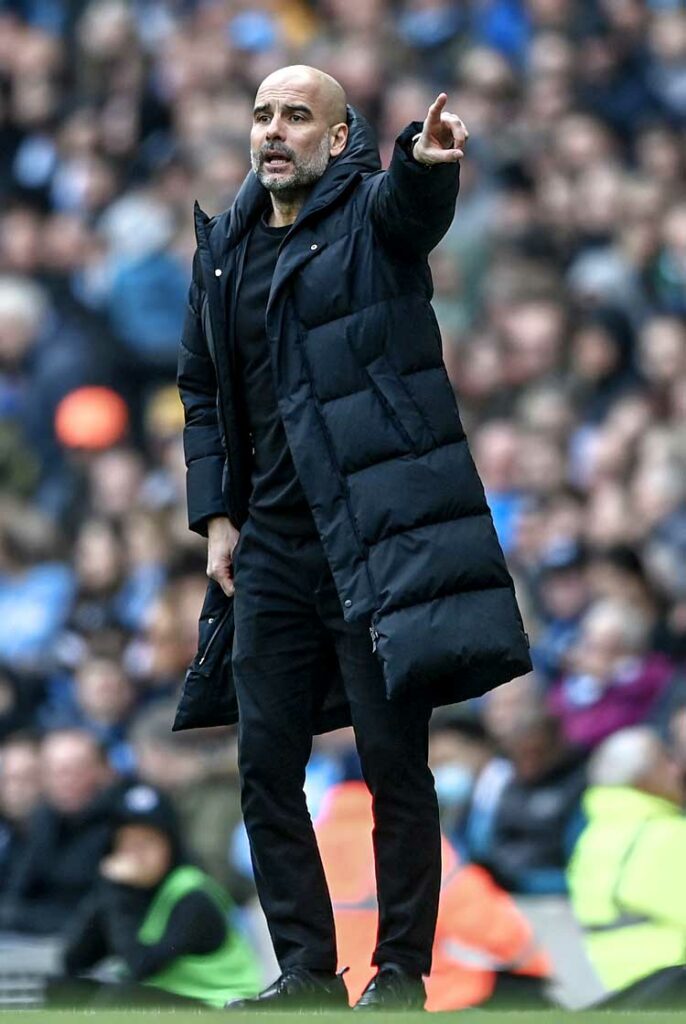
Formations
The choice of formation for pressing can vary depending on the specific game plan and opponent. However, there are some formations that are generally considered effective for pressing:
- 4-3-3: This formation is ideal for high pressing as it allows a team to press the opposition in their own half. The front three players can lead the pressing while the midfield trio supports them.
- 4-4-2: This formation can also be effective for pressing, with a flat midfield four pressing aggressively from the front. The two strikers can also help to cut off passing lanes and limit the options of the opposition.
- 3-4-3: This formation can be useful for pressing as it allows a team to use three forwards to press the opposition defenders, supported by a midfield quartet.
Ultimately, the effectiveness of pressing will depend on the specific tactics and player abilities of a team.



Duration
The duration of a counter press can depend on various factors like the situation on the field, the level of pressure applied by the opposing team, the players’ fitness levels, and the team’s strategy. However, typically, you should counter press for a few seconds (around 5-8 seconds) in order to regain possession of the ball quickly. It is important to maintain good communication and proper positioning among the team members during the counter press to effectively regain control of the ball.
Pep Guardiola’s 6 second rule
It’s about pressing your opponent immediately after losing the ball. It’s about reacting right away and not give the other team any space or time to think.
Pep Guardiola believed that a short intensive burst of pressing in the immediate 6-seconds after losing the ball was most likely to pressurise the opponent into making a mistake in possession, as they were unable to gain composure without time on the ball to relax.
Jurgen Klopp stated that “No playmaker in the world can be as good as a good counter pressing, When the opposition tries to counter, they surrender their offensive structure whereas your team is still in its offensive structure.
If you are able to win the ball at this moment, you’ll find gaps in the oppositional shape to attack them with your attacking players already in the proper positions and orientations.
Recommended Sessions...
Author: S. Noakes



